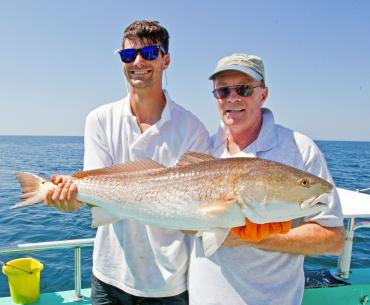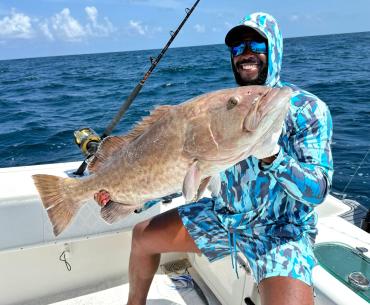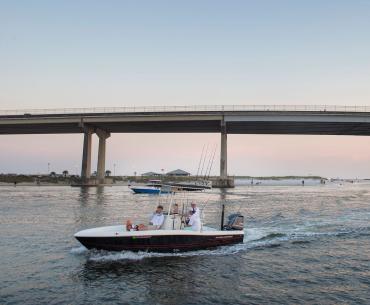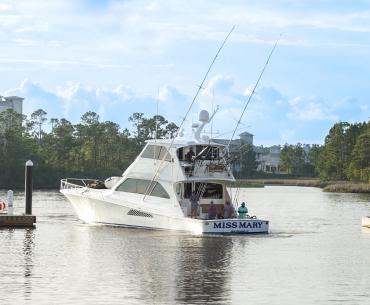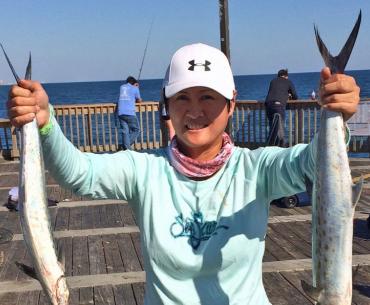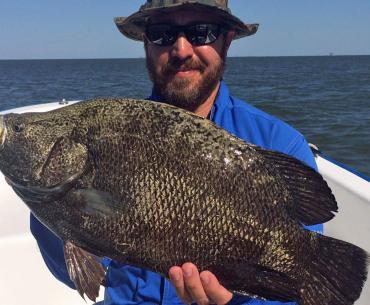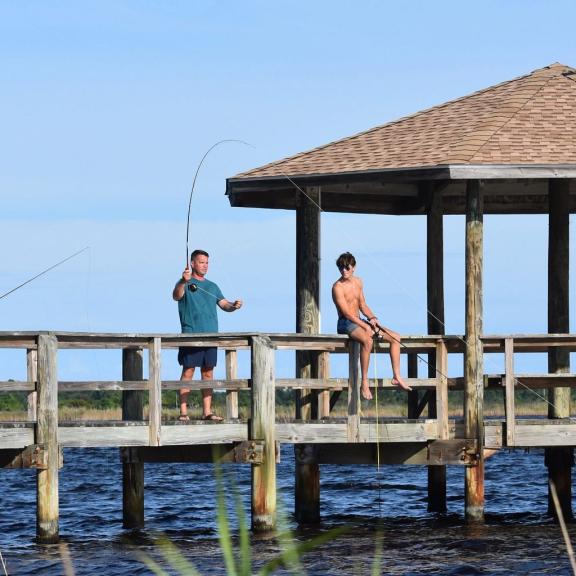
Metal fishing tackle can be hard to maintain during the changing months. Check out how to learn how to maintain your fishing tackle all year long.
Anyone who has been fishing on or around the Alabama Gulf Coast knows the possible damage the saltwater environment can do to any type of mechanical equipment, especially fishing tackle.
When the cold, winter rain starts to fall, head for your tackle stash and start planning to ensure everything is ready to go when the weather and water begin to warm in preparation for peak fishing season.
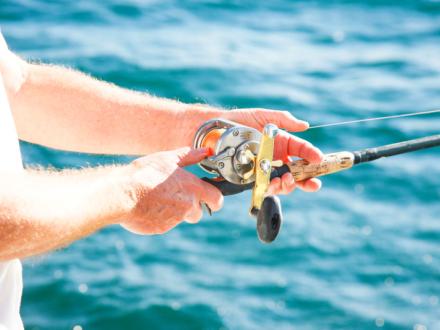
One rule when fishing in saltwater environments is to be sure to thoroughly rinse your rods and reels after the trip to get rid of the saltwater residue, which will attack any metal parts of your fishing tackle. If you fail to do this, you may end up with tackle that needs repair instead of maintenance. If you feel any resistance or lack of smoothness in any of your reels when cranking the handle, you may have to replace a bearing or two. Fortunately, unless you have an antique, replacement bearings are relatively easy to find online, or you can go to the local tackle shops like J&M Tackle, The Rod Room, Beach Bum Outdoors, or Sam’s Stop and Shop and ask for help finding the right parts.
I brought a Shimano Curado reel, my favorite bait caster, back to life with a $12 bearing, and I’m enjoying it to this day.
If you’ve been conscientious about rinsing your tackle after a trip on the water, just regular maintenance should suffice.
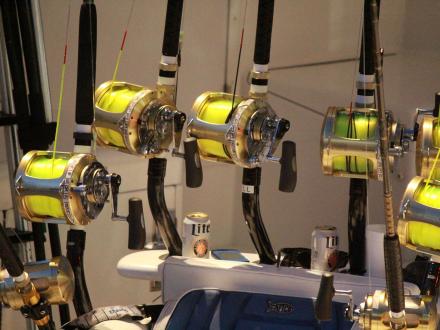
Spinning Reels
For spinning reels, I unscrew the spool and inspect the drag system, cleaning if necessary. I take the side plate off to check for saltwater intrusion and ensure the gears are greased and bearings properly oiled. I then seal it back up and check for proper operation. Seldom do new spinning reels come with enough grease on the bearings. Don’t overdo it, but make sure plenty of high-quality grease covers the gears.
Baitcasting Reels
On baitcasting reels, it’s essential to guarantee the worm gear is adequately greased to make sure it moves the line guide from side to side to keep the line evenly distributed on the spool. Turn the reel upside down and look at the bottom of the line guide. You should see a small shaft with grooves that guide the level wind back and forth across the spool. Apply a small amount of grease to the worm gear and turn the reel handle multiple times to ensure the grease has fully coated the worm gear and the level wind is working correctly. If the level wind hangs up or doesn’t travel smoothly, you will probably have to replace the pawl that fits into the worm-gear grooves.
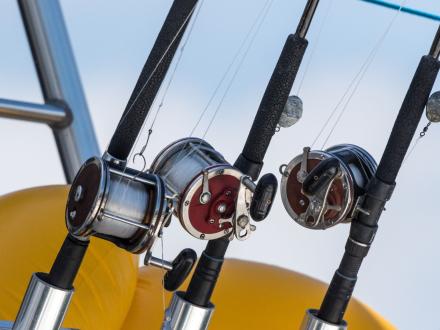
Rods
Now it’s time to check your fishing rods, mainly for cracks or potential problems in the reel seat. You certainly don’t want the reel to come off in your hands while you’re fighting a fish.
Line Guides
Then it’s on to the line guides. I’ll never forget losing the largest tarpon because of tackle failure. A chipped line guide frayed the line, and after an hour-long battle, the fish, estimated at 150 pounds, was gone. If you can, borrow a piece of hosiery from your spouse or girlfriend and thread it through the fishing guides. If there is a flaw, the fine mesh of the hose will snag it. Don’t try to repair the guide. Replace it.
Some people are great with repairs like that, but I’m not comfortable doing that kind of work if it might mean losing a fish. Therefore, I will take any damaged line guide to one of the tackle shops mentioned before to have it replaced. If you don’t feel like maintaining your reels, those shops can also take care of that for you.
